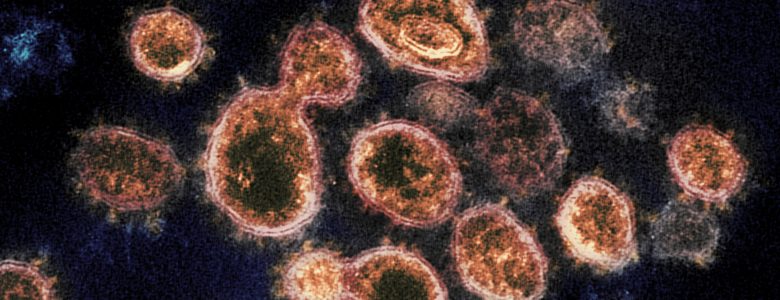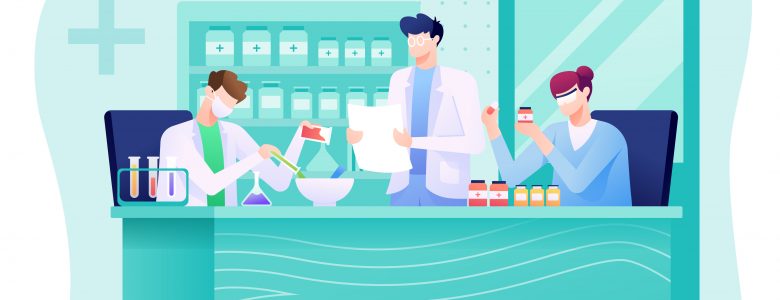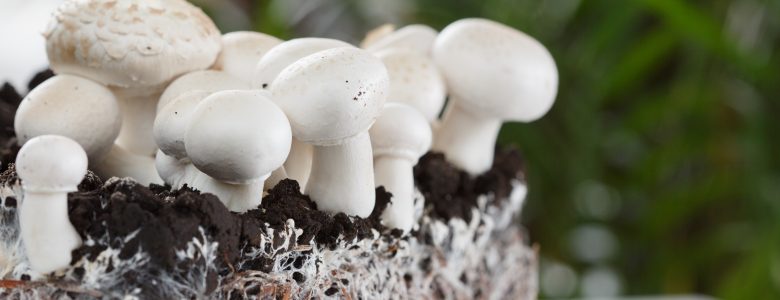August 13, 2020
AI Joins the Fight Against COVID-19

Last week, the National Institutes of Health announced that AI technology is underway to aid physicians across the United States in the global war against COVID-19.
Recently, we spoke to NIBIB/NIH Director of Research Sciences Krishna Kandarpa, M.D., P.h.D. via email to learn more about the development of this technology and how it could impact the future of radiology.


